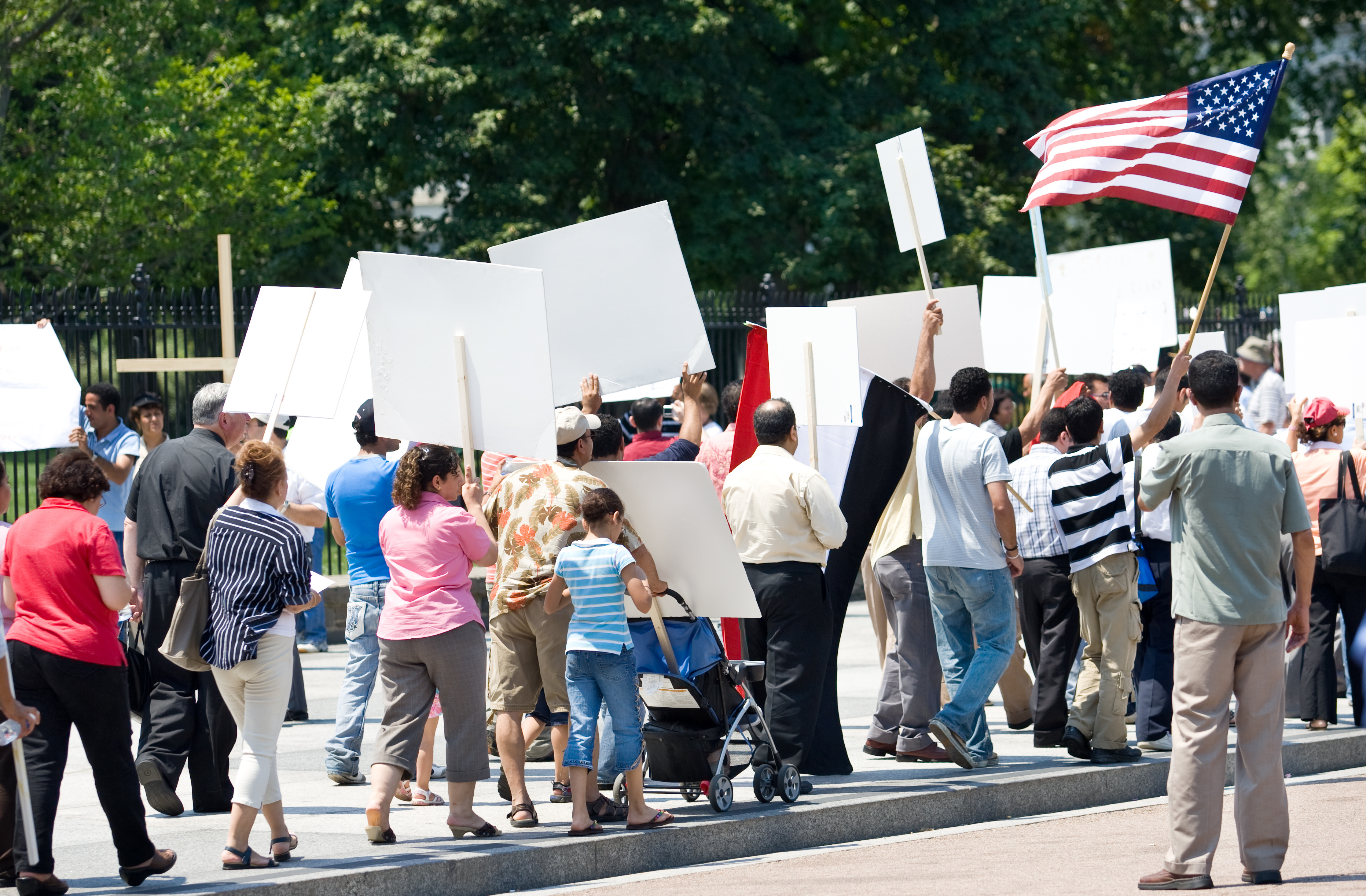
What can police and public safety officials anticipate when a prominent—and controversial—figure has a visible presence in the community?
That was a question facing officials in Palm Beach, West Palm Beach, and Palm Beach County, Florida, as Donald Trump assumed an increasingly visible profile during the 2016 presidential campaign and election.
To get some local perspectives, we spoke with Anthony Spatara, assistant chief of police in West Palm Beach, one of the panelists for the session “Keep the Peace: How to Prepare for and Manage Protests” at the ICMA conference in San Antonio.
West Palm Beach (Jeffrey Green, city administrator) and its neighbors demonstrate the value of preparation and planning in the management of potentially violent events.
A Magnet for Protests
Protest activity by small groups began to ramp up in November 2016, focusing at that time on Trump Plaza, a building in West Palm Beach bearing the Trump name (although its ownership has changed). After the election, activity increased, and the focus turned to the Mar-a-Lago resort in neighboring Palm Beach.
Geographically, Palm Beach (Tom Bradford, town manager) is a community of about 8,700 on the Atlantic Coast, separated from West Palm Beach by the Lake Worth Lagoon, a part of the Intracoastal Waterway. A bridge connects Palm Beach to Bingham Island, which lies to its west in the middle of the Waterway, and another bridge connects the island to West Palm Beach, which is on the Florida mainland and, with a population of 102,000, is the larger of the two communities.
In early 2017, the President visited Mar-a-Lago most weekends, and groups—both pro-Trump and anti-Trump—showed up as well, often rallying on Bingham Island. Demonstrators have included representatives of the Tea Party, “Occupy” groups, others demanding Trump’s tax returns—even “paddlers” who took to kayaks and canoes to protest the administration’s environmental policies.
Preparation to Avoid Violence
For the police department, said Spatara, this meant to be aware, prepare, and have adequate personnel available to respond to any incidents that might occur. In addition to logistical preparations, the department monitored the social media sites of protest organizers to get a sense of “where they were coming from” and what they were planning.
He emphasized the importance of sound selection, training, and assignment of police officers. Since 2005, the department has had an emergency field force of 20 officers, and they trained on how to manage crowds peaceably—preventing violence while ensuring that participants could exercise their First Amendment rights.
The department of 294 sworn officers, led by Chief of Police Sarah J. Mooney, had part-time teams in place and had plans to deploy on- or off-duty officers as needed. Another asset was a mutual aid agreement among the police and sheriff’s departments in Palm Beach County.
Responsibility for safety is shared. The Secret Service is responsible for the safety of the President and the Mar-a-Lago property itself, and the Palm Beach County Sheriff’s Department coordinated with them. The Palm Beach Police Department, headed by Kirk Blouin, director of public safety, provided policing for Bingham Island the area surrounding Mar-a-Lago.
Spatara reports that protests and demonstrations to date have been nonviolent—thanks, no doubt, to sound preparation and skillful crowd management. Activity quieted down during the summer months, but “the season” is about to start again as Florida becomes a winter destination.
New, Reduced Membership Dues
A new, reduced dues rate is available for CAOs/ACAOs, along with additional discounts for those in smaller communities, has been implemented. Learn more and be sure to join or renew today!
